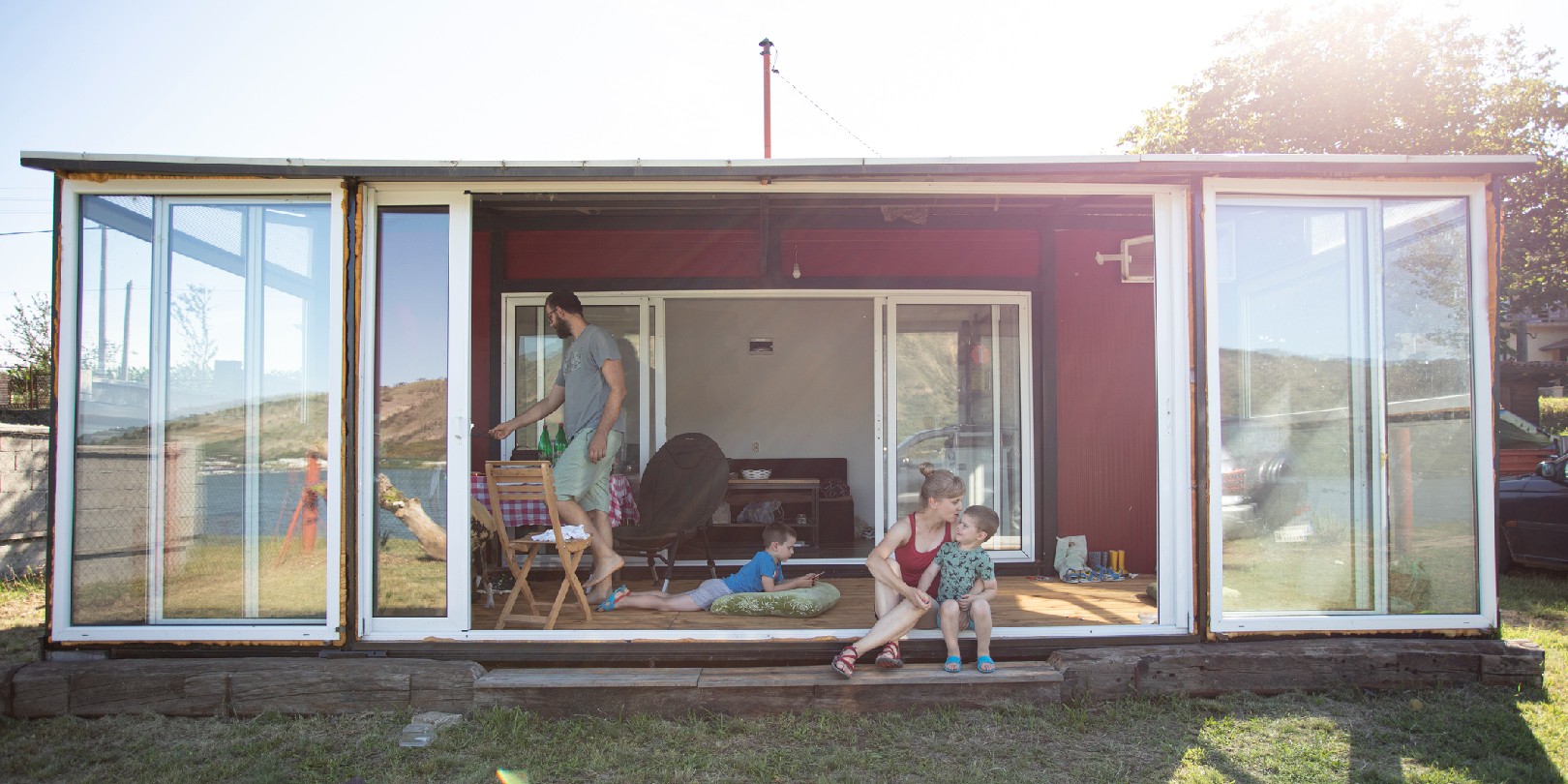The Pros and Cons of Prefab Homes

If you’re in the market for a new home, you may want to consider a prefab home. This type of dwelling, also known as prefabricated or modular homes, has gained popularity in recent years as alternative housing options. These homes are built off-site and then transported to the desired location, where they are then assembled and finished for the owner.
In this short article, we’ll take you through the pros and cons of prefab homes to help you understand if this construction method is suitable for your needs. From cost-effectiveness and energy efficiency to design limitations and potential transportation issues, we’ll provide a comprehensive overview of prefab homes.
Pros of Prefab Homes
Cost-Effectiveness
Prefab homes are often more cost-effective compared to traditional construction. The streamlined manufacturing process and bulk purchasing of materials typically result in lower expenses.
Faster Construction Time
Since prefab homes are built in a factory-controlled environment, the construction process is quicker than on-site construction. This can save you months or even years in building time.
Quality Control
Prefab homes undergo rigorous quality control measures during the manufacturing process. This ensures that the materials and the construction techniques are high quality, resulting in a well-built home.
Energy Efficiency
Many prefab homes are designed with energy efficiency in mind. They often come with insulation upgrades, energy-efficient windows, and sustainable building materials, which can lead to lower energy bills in the long run.
Design Options
Prefab homes offer a range of design options, from contemporary to traditional styles. Some manufacturers even provide customization options, allowing you to personalize your home according to your preferences.
Cons of Prefab Homes
Limited Customization
While prefab homes offer design options, there are limitations when it comes to customization. Structural limitations and factory production constraints may restrict your ability to modify the layout or make significant changes.
Transportation Challenges
Transporting a prefab home to the desired location can be a logistical challenge. The size and weight of the modules need to comply with transportation regulations, and the delivery process may require careful planning and coordination.
Land and Location Restrictions
Prefab homes may be subject to zoning regulations and land restrictions. Before purchasing a prefab home, it’s essential to research local building codes and regulations to ensure compliance.
Assembly and Site Preparation
While prefab homes have a faster construction time, they still require site preparation and assembly. This involves groundwork, utility connections, and hiring a professional team for proper installation, which adds to the overall cost and time required.
Perception and Resale Value
Despite the growing popularity of prefab homes, some people still perceive them as lesser in quality when compared to traditional homes. This perception can affect resale value, so it’s important to consider the market and location when evaluating the long-term investment potential.
Prefab Homes and Sustainability
One aspect worth mentioning (again) is the sustainability factor of prefab homes. With the increasing focus on environmental consciousness, prefab homes have gained attention for their eco-friendly features. Many manufacturers utilize sustainable building materials, such as recycled materials and renewable resources, reducing the carbon footprint associated with construction. Additionally, the controlled manufacturing process allows for efficient waste management and recycling practices. Prefab homes can also be designed to incorporate energy-efficient systems like solar panels and rainwater harvesting. So by choosing a prefab home, you can contribute to sustainable living and minimize the environmental impact of your dwelling.
Conclusion
Prefab homes offer several advantages such as cost-effectiveness, faster construction time, and energy efficiency. However, they also come with limitations like customization restrictions and transportation challenges. This is why it’s crucial to carefully weigh the pros and cons and consider your specific needs and circumstances before deciding if a prefab home is the right choice for you.